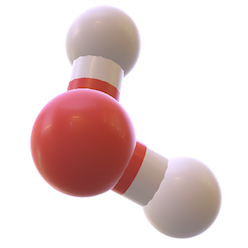Reaction: CSN polymer binds CaPO4
- in pathway: Miscellaneous transport and binding events
In milk, caseins (CSNs) interact with calcium phosphate (CaPO4), forming large stable colloidal particles called micelles. These micelles make it possible to maintain a supersaturated CaPO4 concentration in milk, providing the newborn with sufficient calcium phosphate for the mineralisation of calcified tissues. Human alpha-S1-casein (CSN1S1) is able to bind CaPO4 in milk. CSN1S1 forms a disulfide cross-linked heteropolymer with kappa-casein (CSN3), another CSN that is thought to stabilise micelle formation and thus preventing casein precipitation in milk (Brignon et al. 1985, Rasmussen et al. 1995, Johnson et al. 1995).
Reaction - small molecule participants:
CaPO4 [extracellular region]
Reactome.org reaction link: R-HSA-5340124
======
Reaction input - small molecules:
calcium phosphate
Reaction output - small molecules:
Reactome.org link: R-HSA-5340124

